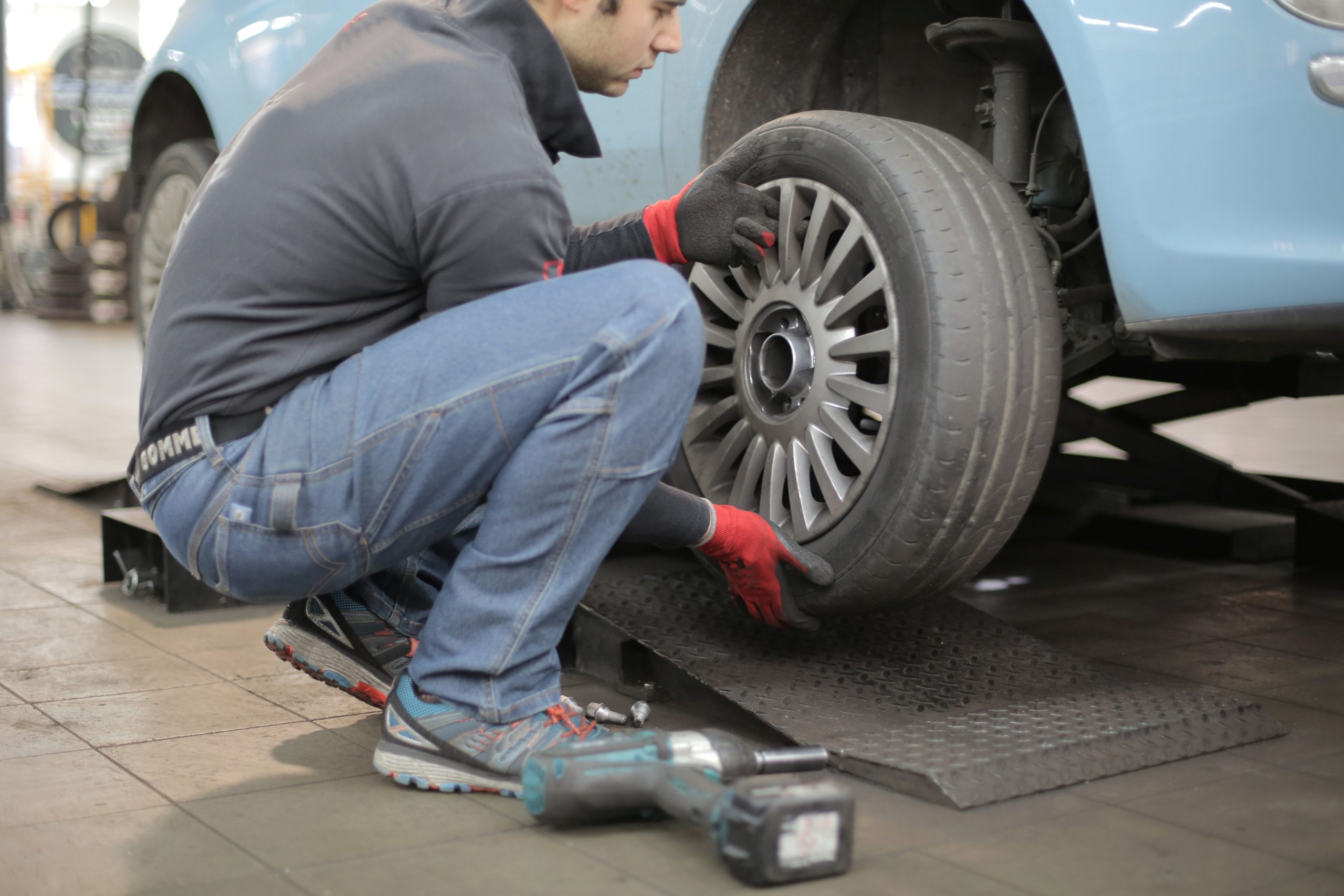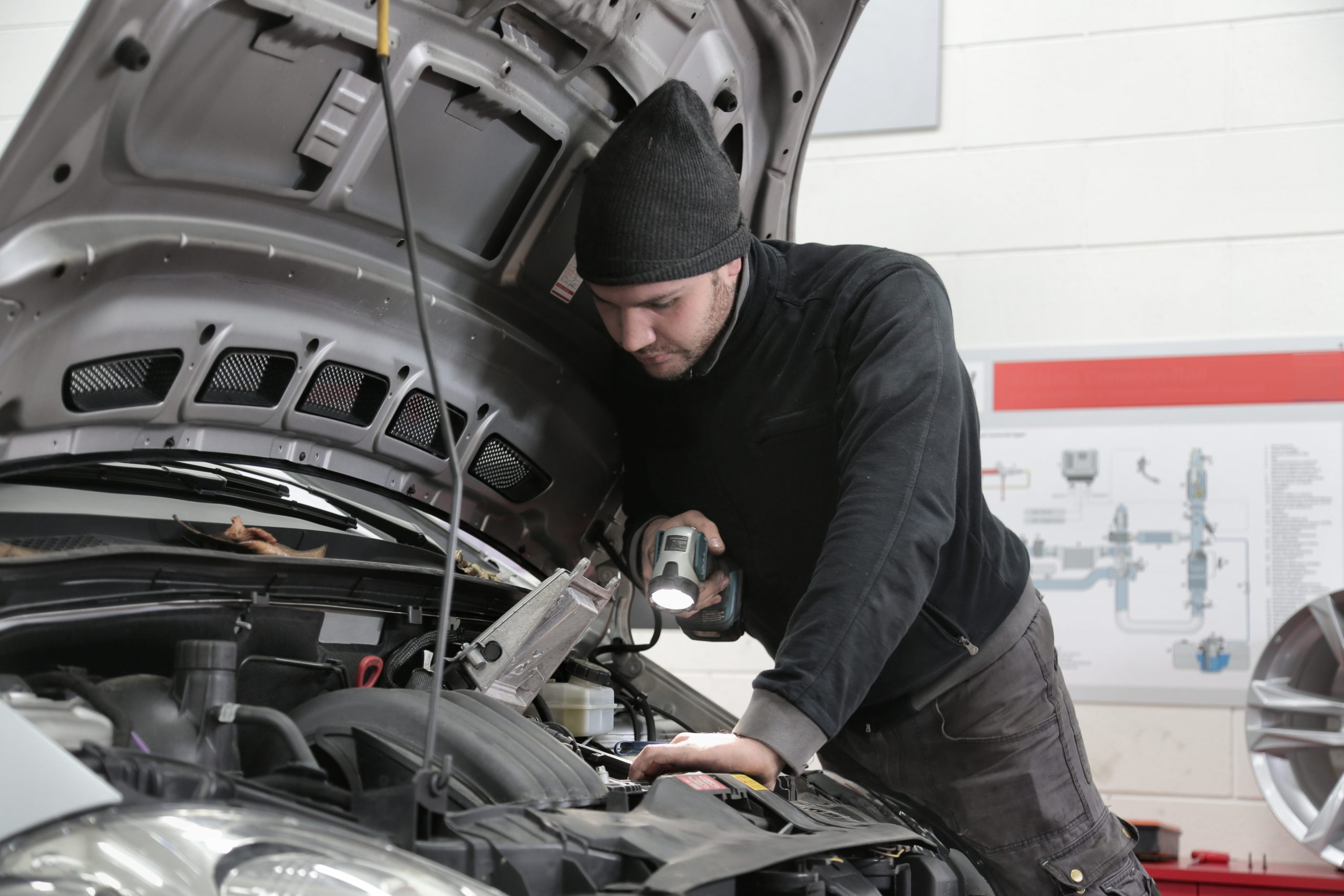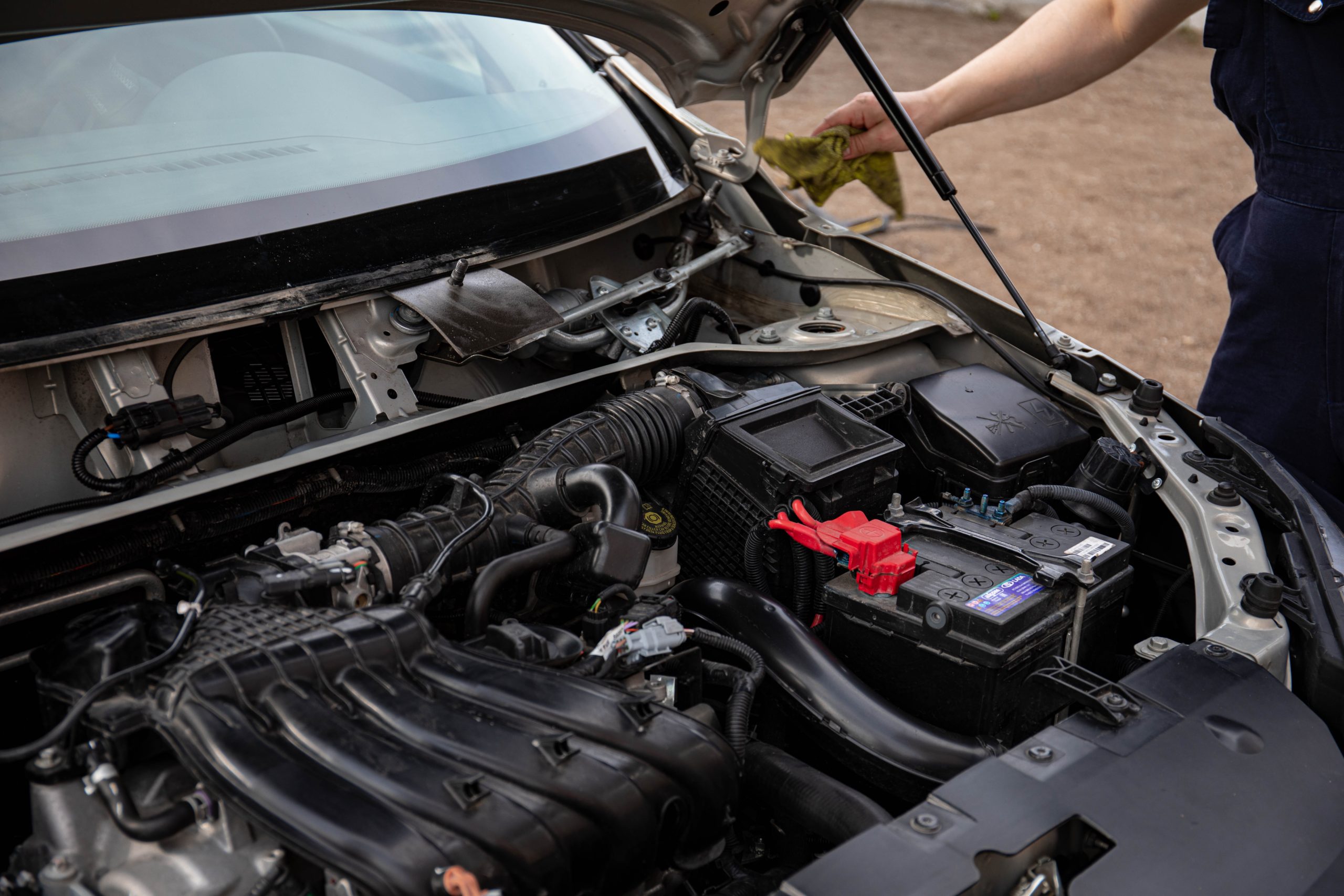The drive shaft is a crucial component of your vehicle’s powertrain system, transferring power from the engine to the wheels. If it’s not functioning properly, it can cause significant damage to your car and make driving unsafe. In this blog post, we’ll go over the most common signs of a bad drive shaft and what you can do to fix it.
What is a Drive Shaft?
A drive shaft is a cylindrical metal shaft that connects the transmission and the rear differential in a rear-wheel-drive vehicle. In a front-wheel-drive vehicle, the drive shaft connects the transmission and the front differential. Its purpose is to transfer torque from the engine to the wheels, allowing the vehicle to move forward.
5 Common Signs of a Bad Drive Shaft
Here are the most common signs of a bad drive shaft that you need to look out for:
Vibrations
One of the most noticeable signs of a bad drive shaft is vibrations in the vehicle. These vibrations can be felt in the steering wheel, floorboard, or seat, and they usually occur when you accelerate or decelerate. The vibrations may start off as mild and worsen over time, so it’s important to get your vehicle inspected as soon as you notice them.
Clunking or Grinding Noises
If you hear clunking or grinding noises coming from under your vehicle, it could be a sign of a bad drive shaft. These noises usually occur when you’re driving at low speeds or when you’re making a turn. If the drive shaft is severely damaged, you may even hear the noise when you’re driving on a straight road. Ignoring these sounds could cause further damage to your car, so it’s best to get it checked out by a mechanic.
Difficulty Turning
A bad drive shaft can also cause difficulty turning your vehicle. You may notice that your car doesn’t respond as well to the steering wheel, or that it’s harder to turn. This can be especially dangerous when driving at high speeds or when making sudden turns. If you’re experiencing difficulty turning, take your car to a mechanic immediately.
Uneven Tire Wear
If you notice that your tires are wearing unevenly, it could be a sign of a bad drive shaft. A damaged drive shaft can cause your tires to wear down more quickly on one side than the other, leading to an uneven tread pattern. This can cause your car to pull to one side or make it harder to handle on the road. Make sure to get your tires inspected regularly and replace them if necessary.
Warning Lights
Modern vehicles are equipped with various warning lights on the dashboard that indicate potential problems with the vehicle’s systems. If you see the “Check Engine” light or the “ABS” light illuminated on your dashboard, it could be a sign of a bad drive shaft. These warning lights are usually accompanied by other symptoms like vibrations, noises, or difficulty turning. If you see any warning lights, take your car to a mechanic immediately.
How to Fix a Bad Drive Shaft
If you suspect that you have a bad drive shaft, take your car to a trusted mechanic who can inspect and repair the drive shaft if necessary. Here are the most common ways to fix a bad drive shaft:
Replace the Drive Shaft
If the drive shaft is severely damaged, it may need to be replaced entirely. A mechanic will remove the old drive shaft and install a new one that’s compatible with your vehicle.
Repair the Drive Shaft
If the damage to the drive shaft is not severe, it may be possible to repair it. A mechanic can remove the damaged section of the drive shaft and replace it with a new section or by welding it back together. However, it’s important to note that repairing a drive shaft is not always a permanent solution, and it may need to be replaced in the future.
Balance the Drive Shaft
If the vibrations in your vehicle are caused by an unbalanced drive shaft, a mechanic can balance it by adding weights to the shaft. This will help to reduce the vibrations and improve your car’s performance.
Lubricate the Drive Shaft
If the drive shaft is making clunking or grinding noises, it may be due to lack of lubrication. A mechanic can add lubrication to the drive shaft to reduce the noise and prevent further damage.
Tips for Keeping Your Drive Shaft in Top Condition
While some drive shaft issues are unavoidable, there are a few things you can do to prevent them from happening. Here are some tips to help you keep your drive shaft in good condition:
Regular Maintenance
Regular maintenance is key to keeping your vehicle running smoothly. Make sure to follow your vehicle’s recommended maintenance schedule, which includes regular inspections of the drive shaft.
Avoid Rough Terrain
Driving on rough terrain can cause damage to your vehicle’s drive shaft. Try to avoid driving on unpaved or rough roads as much as possible.
Don’t Overload Your Vehicle
Overloading your vehicle can put extra strain on the drive shaft, which can cause it to fail. Make sure to follow your vehicle’s weight limits and avoid carrying heavy loads.
Replace Worn Parts
If you notice any worn or damaged parts in your vehicle, make sure to get them replaced as soon as possible. Worn parts can put extra strain on the drive shaft and cause it to fail.
More Resources
How To Fix Rattling Noise in Car
How To Fix Lifter Tick
Car AC Blowing Hot Air
Wrap Up
If you notice any of the signs of a bad drive shaft in your vehicle, it’s important to get it inspected and repaired by a trusted mechanic as soon as possible. Ignoring these symptoms can lead to further damage to your vehicle and make driving unsafe. By following the prevention tips and getting regular maintenance, you can help to keep your drive shaft in good condition and avoid costly repairs in the future.




